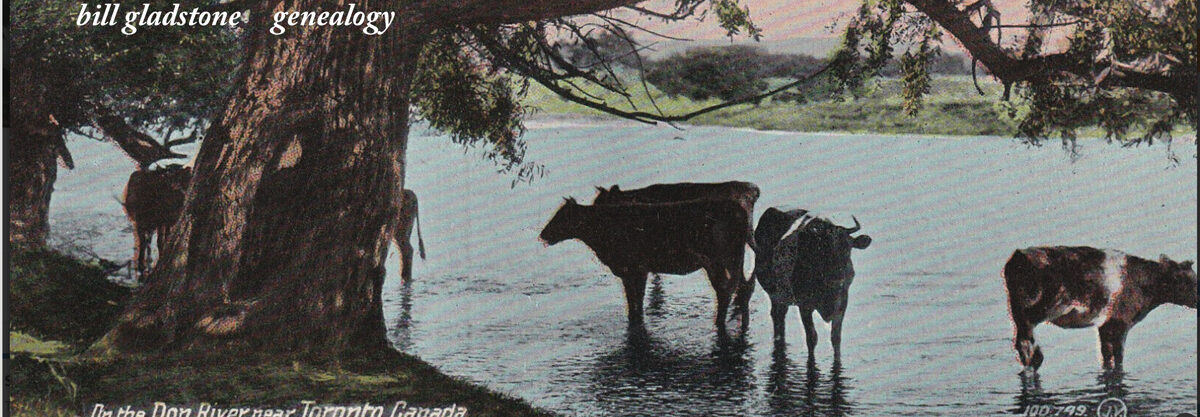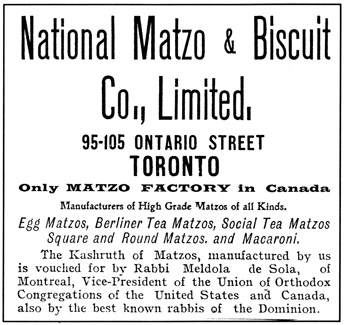 Dr. Nicholas Obney, who performed more than 32,000 hernia operations during his long career at the renowned Shouldice Hospital in Toronto and Thornhill, Ont., once told a television interviewer that he had never encountered two hernias the same.
Dr. Nicholas Obney, who performed more than 32,000 hernia operations during his long career at the renowned Shouldice Hospital in Toronto and Thornhill, Ont., once told a television interviewer that he had never encountered two hernias the same.
Dr. Obney joined the Shouldice Hospital in 1946 and was its chief surgeon between 1965 and his official retirement in 1988. He continued working for several years thereafter “because his heart was here — it was his whole life,” said hospital spokesperson Daryl Urquhart. “He was so dedicated to his patients that he couldn’t stop coming in.”
The celebrated herniologist, who died in Thornhill on Feb. 15 at the age of 84, was on call all the time. He read every patient history before assigning them to his team of surgeons. At his busiest he averaged about five hernia operations a day, six days a week, and usually performed the hospital’s most difficult cases himself.
He is credited with perpetuating and improving upon the pioneering medical techniques devised by his mentor, hospital founder Dr. E. Earle Shouldice, who passed away in 1965.
A hernia is a protrusion or displacement of an intestine or other internal organ through the muscular lining of the cavity in which it is located. Surgeons have referred to the Shouldice method, which uses natural tissues to strengthen the lining, as “the gold standard by which all other hernia repairs should be measured.”
The original Shouldice Hospital was located in downtown Toronto but expanded northward in the 1950s into a white colonial-style mansion acquired from the estate of former Globe and Mail publisher George McCullough. The Thornhill property was later expanded into an 89-bed facility with six operating rooms in which about 7,500 procedures are performed each year. (The downtown facility was eventually closed.)
Until American insurance rules changed in the 1980s, nearly half of the hospital’s patients came from the United States, including — as a 1982 profile of Dr. Obney in People magazine noted — several entertainment celebrities and even a state governor.
A photo accompanying the People magazine article showed Dr. Obney helping a patient step down from the operating table. As the article noted, most patients receive only a local anesthetic and walk away from the operating room on their own steam.
As opposed to the treatment they might receive in a general hospital, patients at Shouldice are encouraged to become active almost immediately after surgery. (A second photo in the People spread showed Dr. Obney golfing with six bathrobed patients on the hospital putting grounds.) Should officials asser that most patients recover much quicker than those who have hernia repairs elsewhere, and are usually discharged within two or three days.
According to senior surgeon Dr. Michael Alexander, Dr. Obney taught him to abandon the practice of inserting a nasal-gastric tube into patients, which “used to be standard procedure for every patient having such an operation.”
“He said, ‘No, don’t put one of those tubes down, wait for the patients to declare themselves to see if they have a problem with nausea and vomiting.’ And out of 300 patients, we never put a tube down. In fact, when that tube is put down there’s a much higher chance of lung complications.”
The proven success of such pioneering methods has attracted scores of visiting doctors to the hospital from all over the world, Dr. Alexander said.
Dr. Obney “did so many of these operations, he used to get a feel for the patient, which can only happen when you do thousands. He had a strong intuitive sense — he had it by pure experience. I can’t think of a case where he was wrong.”
Few surgeons could ever hope to match Dr. Obney’s record of 32,000 hernia operations, Dr. Alexander said. “Can you imagine that many people? You’d have to fill up Maple Leaf Gardens, empty it out and fill it up again.”
Born as an only child in the Ukrainian village of Ronaseowka in 1918, Nicholas’s parents brought him to Canada when he was nine, and settled in Toronto’s west end. As soon as he learned English he began to excel in school — Charles Fraser Public School, then Parkdale Collegiate. His father, a machinist, borrowed $300 to pay his tuition to the University of Toronto medical school, from which Nick graduated in 1942.
Interning at Toronto General Hospital, he entered the Royal Canadian Medical Corp, where he encountered one of his university instructors — none other than E. Earle Shouldice — now an army surgical consultant who was attempting to reduce the number of men rejected for military service because of hernia conditions. Dr. Obney assisted in that effort, and in 1946 joined the newly-established Shouldice Hospital at the corner of Church and Charles streets in Toronto.
“He started working with Dr. Shouldice as an understudy and Dr. Shouldice showed him his method,” said his daughter, Jeannette Frost (Dr. J. Obney). “Then together they improved on the technique.”
According to family and colleagues, Dr. Obney disliked traveling, especially by air, and attended relatively few of the many medical conferences at which he was asked to speak. He once went to a conference in Los Angeles by train, and came straight home when it ended a few days later. Persuaded to speak in Australia, he agreed to fly but not to stay even one day more than necessary before returning home.
He enjoyed spending time on the family’s 25-acre “hobby farm” in what is now the Beaver Creek industrial area of Thornhill. When the land was expropriated about 20 years ago, he and his wife felled all of the property’s 16 trees: the family still has no shortage of firewood. Aside from being extremely economical, he was known for his plain tastes in food and his high standards of perfectionism. His hobbies included military history and classical music.
He was highly organized and “ran the hospital like clockwork,” according to retired supervisory nurse Brenda Owens, also his cousin. “He was always so approachable, he seemed like a volume of knowledge, he did his work quickly and accurately, and he expected the same type of behaviour from his staff.”
In 1998 the American Hernia Society awarded him a plaque that cited him as “an unselfish master surgeon” known for “his generosity with knowledge and encouragement to visiting surgeons.”
He leaves his wife, the former Stephanie Kasyn, with whom he was married 59 years; and daughter Jeannette, son-in-law Dr. Peter Frost, and six grandchildren. ♦
© 2003






